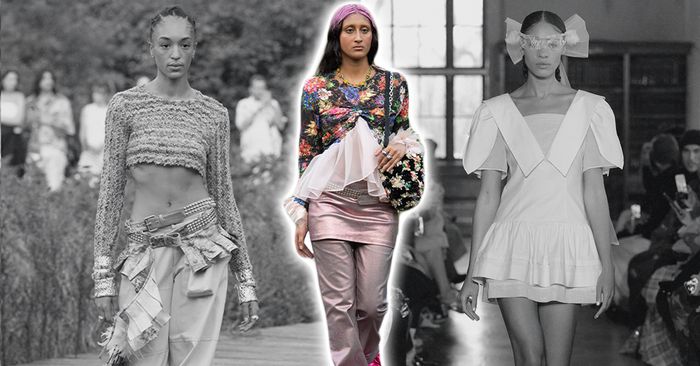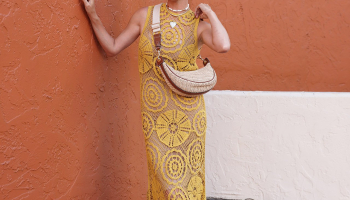
[ad_1]
Here’s a paradox to digest over your morning coffee. Fashion has a female problem.
While the industry is still coming to terms with the fact that it hasn’t done nearly enough to promote young Black and Brown designers, there’s yet another important seat left empty in conglomerate boardrooms and high-end ateliers: women. Despite being some of the largest consumers and creators of fashion as garment workers, buyers, editors, and models, women are still overwhelmingly underrepresented when it comes to making the decisions with the most reverberating impact. In a world where women are expected to foot the fashion bill and have nearly $32 trillion dollars in spending power, it’s disheartening, to say the least.
As of publication, only five out of 37 creative directors of major luxury brands and leather-goods houses under LVMH, Kering, OTB Group, Richemont, and Puig are women—Miuccia Prada, Maria Grazia Chiuri, Stella McCartney, Gabriela Hearst, and Sarah Burton. Out of the select few, none are Black women or women of color.
There are only a handful of female directors who have rightfully received their flowers for revolutionizing the way women approach clothing, turning to dresses, suits, and footwear as a means of being both comfortable and stylish. Think of the likes of Coco Chanel, Phoebe Philo, and Diane von Furstenberg, who all triple-earned their seat at the table among male executives and designers, making decisions on what goes on a woman’s body.
Clothing designed by women for women outside of the male gaze isn’t nearly as rare as it was 100 years ago, but today, it still remains in a state of suspension. Most celebrated female-led brands don’t operate under the watchful eye of a luxury conglomerate, relying on legacy status or a strong sense of community to peddle profits—a community that, by and large, is looking for clothing that actually excites them when they open their closets in the morning. Think big dresses, loose pants, frilly baby-doll dresses, and frivolous lace tops. No longer are tight corsets, stumble-prone platforms, and skimpy dresses the only options for women to wear. In 2023, we’re dressing for our 8-year-old selves.
Ahead of the end of Women’s History Month, Who What Wear wanted to investigate the “why” behind one of the industry’s current dilemmas. If women were at the head of all means of production within the fashion ecosystem, what would we be wearing? What would we be talking about? What would matter to us in the long-term? We sat down with two independent designers and the women driving their sales to discuss what makes female-led design such a rare, but necessary, battle to keep on fighting.
[ad_2]
Source link






